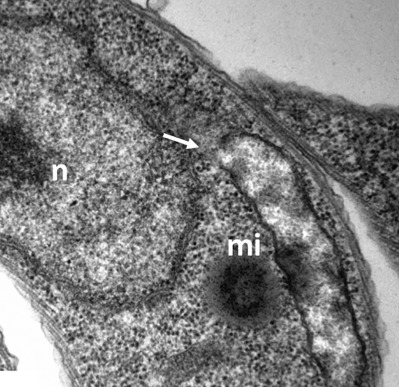Journal list menu
Export Citations
Download PDFs
Front Cover
Issue Information
Research Articles
Regulons and protein–protein interactions of PRD-containing Bacillus anthracis virulence regulators reveal overlapping but distinct functions
- Pages: 1-22
- First Published: 31 March 2018
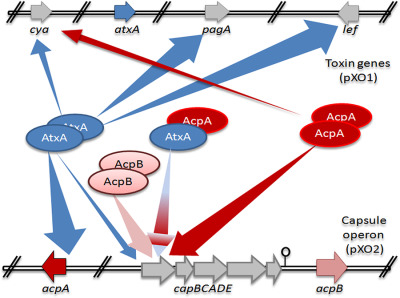
Multiple transcription regulators control Bacillus anthracis virulence. We show that three regulators, AtxA, AcpA and AcpB, predicted to have similar protein structures, have overlapping but distinct functions. Together they control hundreds of genes, which are affected by one, two or all three regulators. Targeted genes include classic virulence genes and multiple other genes associated with bacterial physiology. Relative levels of the regulators and interactions between the regulators can affect target gene expression.
The distinct PhoPR mediated responses to phosphate limitation in Bacillus subtilis subspecies subtilis and spizizenii stem from differences in wall teichoic acid composition and metabolism
- Pages: 23-40
- First Published: 12 April 2018

The PHO responses of B. subtilis subsp subtilis and subsp spizizenii are distinct. The PhoR kinases of both B. subtilis subspecies are activated either by the TagA/TarA or TagB/TarB enzyme product and are inhibited by Lipid V composed of poly(glycerol phosphate) but not by Lipid V composed of poly(ribitol phosphate). Therefore, the distinctive PHO responses stem from differential PhoR sensitivity to differences in wall teichoic acid polyol composition and the regulation of its metabolism.
Variant-specific and reciprocal Hsp40 functions in Hsp104-mediated prion elimination
- Pages: 41-62
- First Published: 06 April 2018
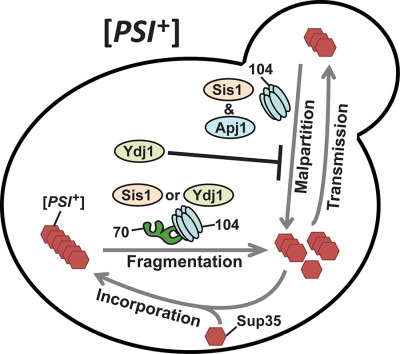
Yeast prions are aggregates of misfolded proteins that are inherited when cells divide while chaperone proteins, which normally work to prevent protein misfolding, fragment yeast prions, inadvertently creating additional pieces, which can be passed on to subsequent cell generations. In one case, the overproduction of the chaperone Hsp104, capable of dissolving protein aggregates, causes the complete elimination of one prion from cell populations but the mechanism by which this occurs is debated. Here, we show that prion structural variations drastically affect the need for chaperone proteins in prion elimination, indicating the possibility of biochemically distinct, variant-specific Hsp104-mediated prion elimination mechanisms.
The sigma factor σ54 is required for the long-term survival of Leptospira biflexa in water
- Pages: 63-77
- First Published: 06 April 2018
The global regulator of pathogenesis PnCon7 positively regulates Tox3 effector gene expression through direct interaction in the wheat pathogen Parastagonospora nodorum
- Pages: 78-90
- First Published: 03 May 2018

The expression of the Tox3 effector gene from the wheat pathogen Parastagonospora nodorum is positively regulated through the direct of the PnCon7 transcription factor with an upstream element within the promoter. A variety of techniques, including GFP transcriptional fusion analysis, were used to identify the Tox3-URE element 230bp upstream of the Tox3 transcriptional site. Gene silencing of PnCon7 resulted in the loss of Tox3-mediated disease on wheat.
The hetZ gene indirectly regulates heterocyst development at the level of pattern formation in Anabaena sp. strain PCC 7120
- Pages: 91-104
- First Published: 20 April 2018
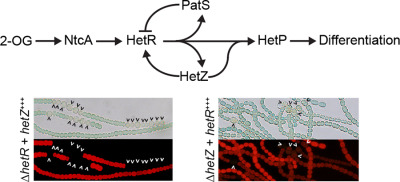
Anabaena sp. strain PCC 7120 differentiates nitrogen-fixing heterocysts from vegetative cells in a reproducibly periodic and physiologically relevant pattern. HetZ is known to impact heterocyst development. In this study, we clarify the placement of HetZ in the genetic program controlling development and find that it acts downstream of HetR, the master regulator of differentiation and upstream of HetP, a factor involved in the commitment to a differentiated cell fate, at the transition between patterning and commitment.
TbLpn, a key enzyme in lipid droplet formation and phospholipid metabolism, is essential for mitochondrial integrity and growth of Trypanosoma brucei
- Pages: 105-120
- First Published: 21 April 2018
Genetic identification of factors for extracellular cellulose accumulation in the thermophilic cyanobacterium Thermosynechococcus vulcanus: proposal of a novel tripartite secretion system
- Pages: 121-134
- First Published: 24 April 2018
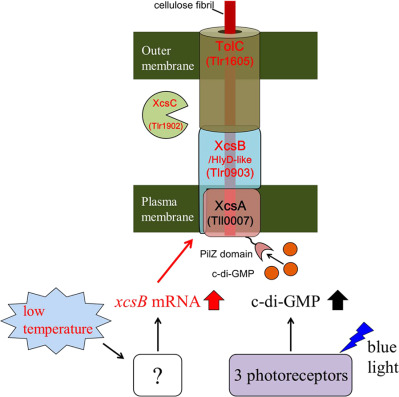
Cell aggregation and cellulose accumulation are induced in the thermophilic cyanobacterium, Thermosynechococcus vulcanus. The discovery of factors (HlyD-like protein XcsB, endoglucanase-like XcsC and TolC) for the cellulose biosynthesis and secretion revealed a novel variant of bacterial tripartite secretion systems and the low temperature induction of xcsB gene.






